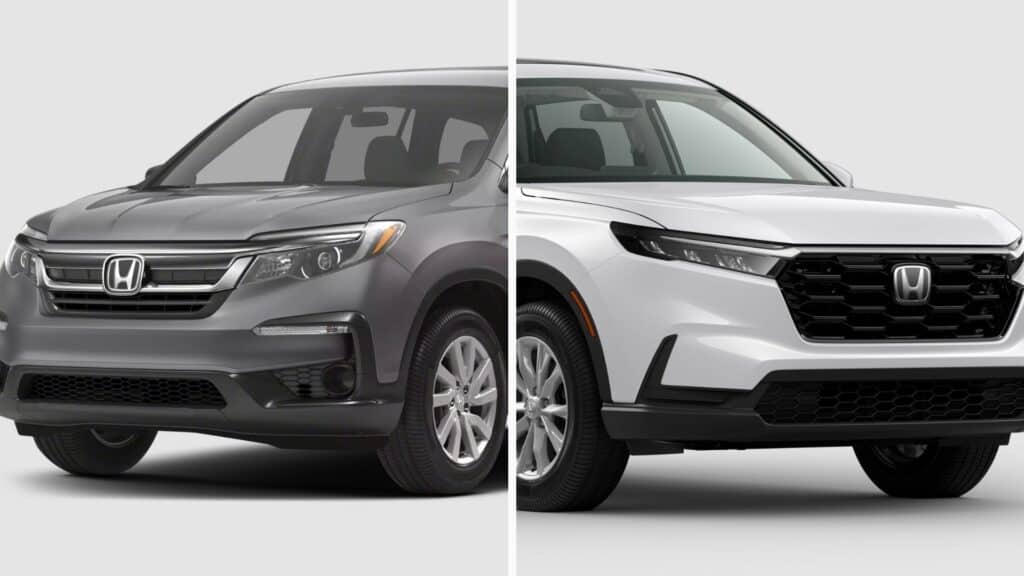Are you torn between the Honda CR-V vs Pilot struggle, wondering which SUV offers the best safety features?
You’re not alone. Many car buyers prioritize safety when choosing between the CR-V and Pilot.
The good news is that both vehicles have advanced safety technologies designed to protect you and your loved ones on the road.
In this blog post, we’ll take an in-depth look at the key safety features of the Honda CR-V and Honda Pilot, comparing and contrasting their capabilities.
We’ll explore how these two popular SUVs compare regarding safety, from collision mitigation systems to adaptive cruise control.
By the end of this article, you’ll clearly understand which vehicle best aligns with your safety priorities, helping you make a confident decision in the CR-V vs Pilot debate.
General Safety Features of Honda Vehicles
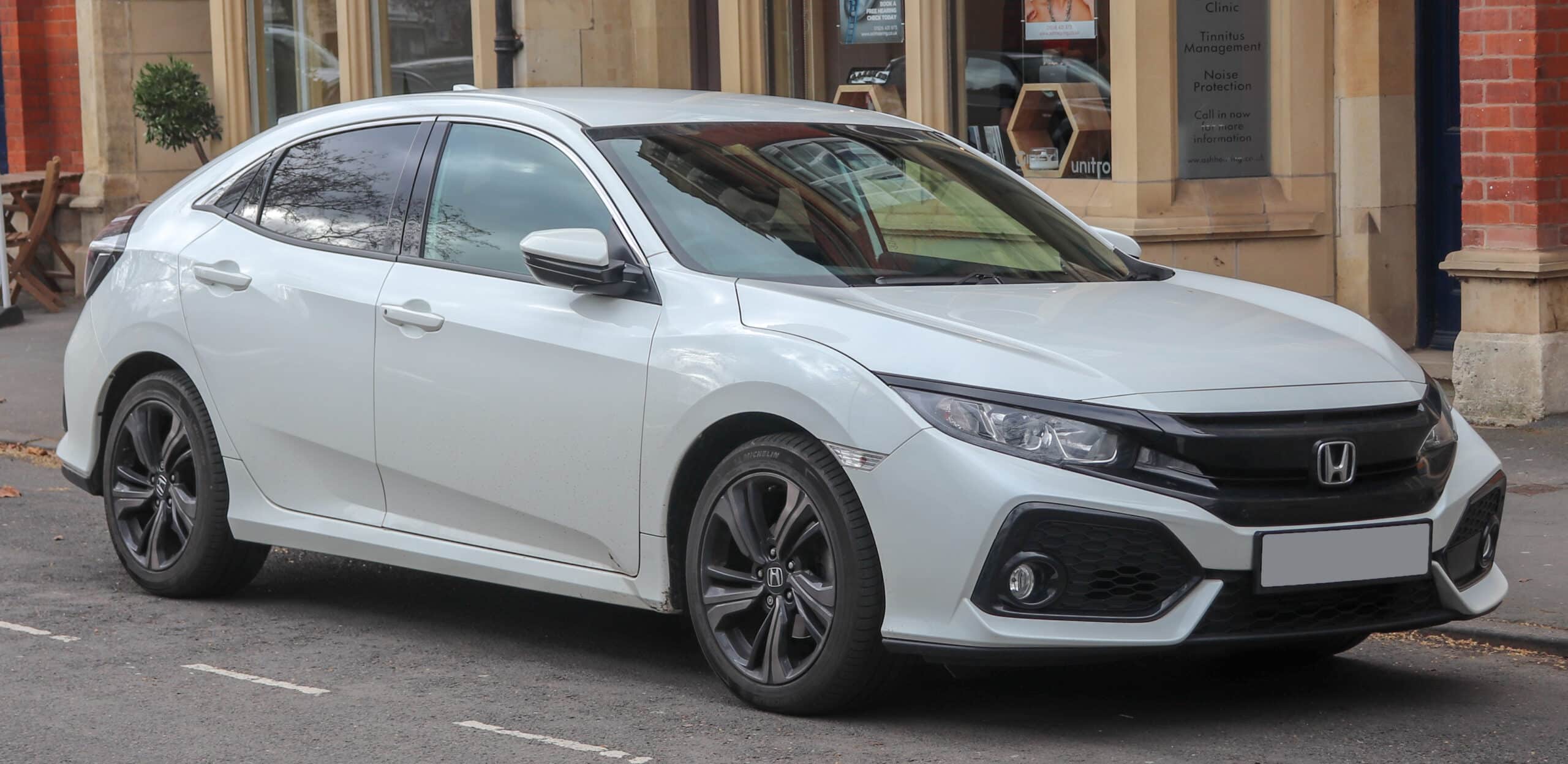
Honda has long been committed to ensuring the safety of its customers across all vehicle models.
The company’s dedication to safety is evident in the advanced features and technologies incorporated into the CR-V and Pilot.
One key safety element in these vehicles is the Advanced Compatibility Engineering™ (ACE™) body structure.
This innovative design helps distribute crash energy more evenly throughout the front of the vehicle, reducing the force transferred to the passenger compartment in the event of a collision.
By utilizing a network of strategically designed frames, the ACE™ body structure enhances occupant protection and minimizes the potential for injury.
This advanced engineering is a testament to Honda’s unwavering focus on safety. It is just one of the many reasons why the CR-V and Pilot are trusted choices for families prioritizing security on the road.
Analyzing the Safety Features of Honda CR-V
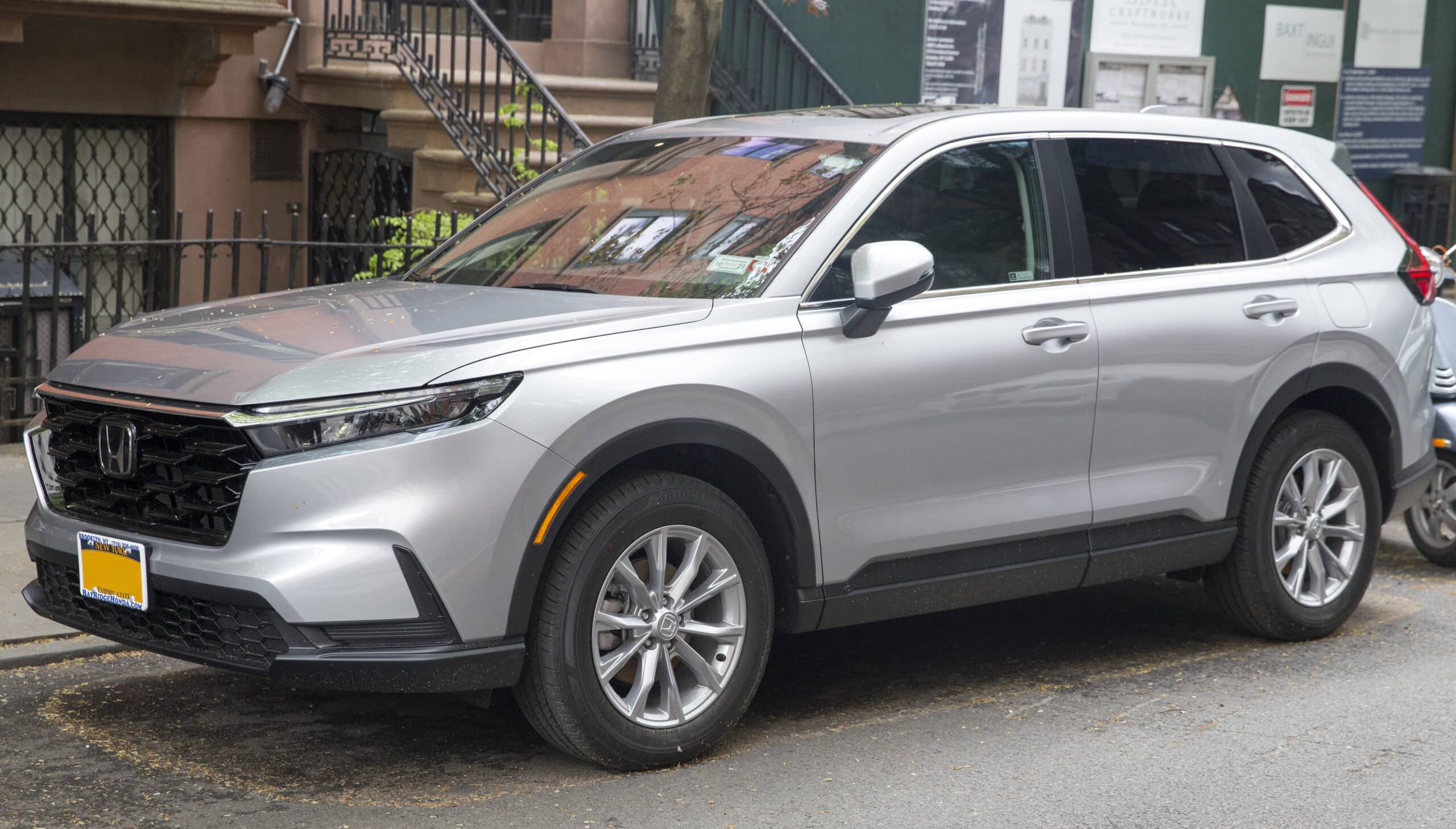
The Honda CR-V has comprehensive safety features to protect passengers and prevent accidents.
Passive safety features include advanced front airbags, knee airbags for the driver and front passenger, side airbags, and side curtain airbags with a rollover sensor.
These airbags work together to cushion occupants from various angles during a collision.
For families with young children, the CR-V offers child-proof rear door locks and the Lower Anchors and Tethers for Children (LATCH) system, which makes installing compatible child seats easier.
Regarding active safety features, the CR-V boasts Vehicle Stability Assist™ with traction control, which helps maintain stability and grip on the road, especially during cornering or slippery conditions.
The anti-lock braking system (ABS) prevents wheel lockup during sudden braking, while Electronic Brake Distribution (EBD) optimizes brake force distribution based on the vehicle’s weight distribution and cargo load.
Brake Assist provides additional braking force when it detects an emergency braking situation.
The multi-angle rearview camera offers multiple viewing angles for enhanced visibility when reversing, and the Tire Pressure Monitoring System (TPMS) alerts the driver if any tire’s pressure drops below the recommended level, promoting safer driving and better fuel efficiency.
Analyzing the Safety Features of the Honda Pilot
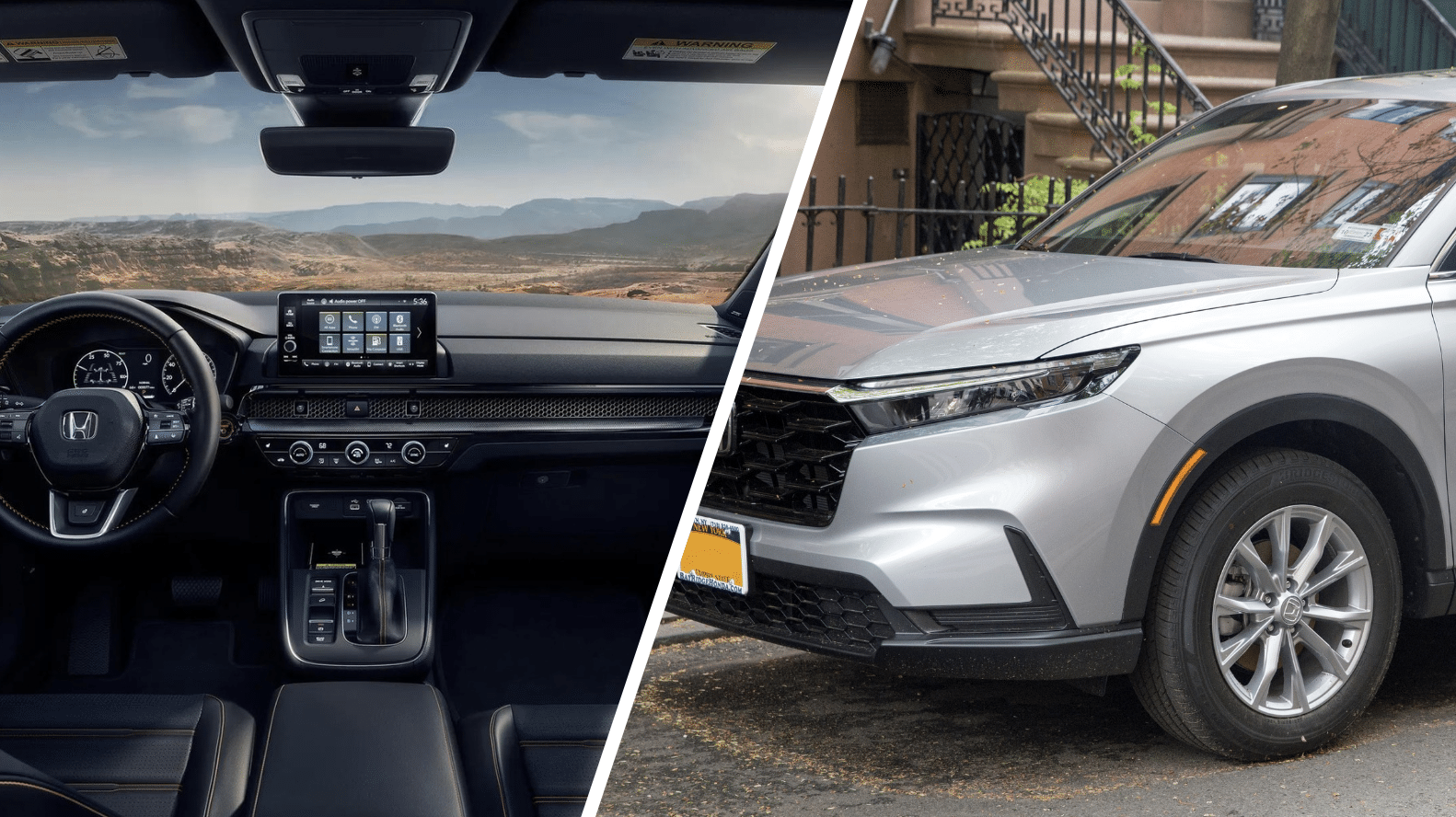
The Honda Pilot prioritizes passenger safety with its passive and active safety features.
The advanced airbag system includes SmartVent® front side airbags, which vent air if the occupant is in the path of the deploying airbag, reducing the risk of airbag-related injuries.
Additionally, side curtain airbags with a rollover sensor provide head protection for outboard occupants in all three rows.
The Pilot also comes standard with the Honda Sensing® suite, a set of advanced driver-assist technologies.
The Collision Mitigation Braking System™ can alert the driver of a potential frontal collision and automatically apply the brakes to reduce the severity of or even prevent a collision.
The Road Departure Mitigation System uses a camera to detect lane markings and can guide the vehicle back into its lane if it begins to drift without signaling.
Adaptive Cruise Control maintains a set following distance behind a detected vehicle, adjusting speed as needed.
Other active safety features include the Blind Spot Information System, which alerts the driver when a vehicle is detected in the blind spot, and the Cross Traffic Monitor, which warns of approaching vehicles when reversing out of a parking space or driveway.
The Pilot also features a multi-view camera system that provides a comprehensive view of the vehicle’s surroundings, making parking and maneuvering in tight spaces easier and safer.
Enhanced Safety Through Technology
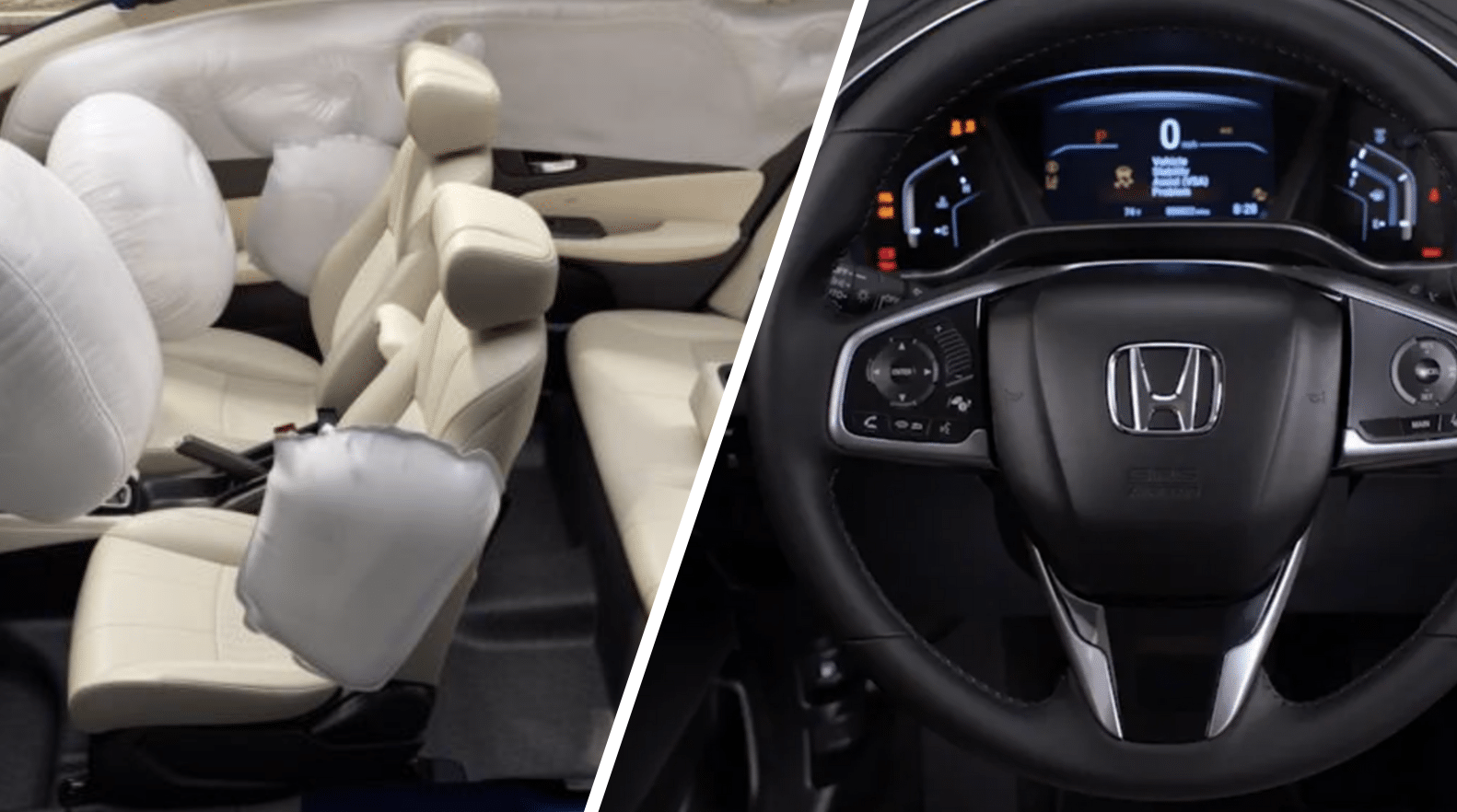
The Honda CR-V and Pilot incorporate cutting-edge technologies that take safety to the next level.
These advanced features work together to prevent accidents and enhance driver awareness, making every journey safer and more comfortable.
One such feature is Traffic Sign Recognition, which uses a camera to detect and read road signs, displaying relevant information like speed limits on the driver’s instrument cluster.
This helps drivers stay informed and comply with traffic regulations, reducing the risk of accidents caused by unintentional speeding or missing important signs.
Another noteworthy technology is the Driver Attention Monitor, which uses a camera to detect signs of drowsiness or distraction in the driver’s behavior.
If the system detects the driver’s attention wandering, it alerts them to stay focused on the road.
This feature is particularly useful on long drives or in monotonous driving conditions.
Auto High-Beam Headlights are also included in both the CR-V and Pilot.
This system automatically switches between high and low beams depending on the presence of oncoming traffic or preceding vehicles, optimizing visibility while minimizing glare for other drivers.
This technology ensures that drivers always have the best possible illumination without manually adjusting their headlights, allowing them to keep their attention on the road.
Honda is committed to leveraging innovation by integrating these technologies to create safer driving experiences.
These features work seamlessly in the background, supporting drivers and helping to prevent accidents before they occur.
Comparative Analysis: Honda CRV vs Pilot

| Factors | Honda Pilot | Honda CR-V |
| Size and Maneuverability | Compact, easier to maneuver, and park. | Larger offers more space but may be harder to maneuver in tight spaces. |
| Seating and Cargo | Suitable for small families or individuals. | It is ideal for larger families or those needing more cargo space. |
| Active Safety Features | Vehicle Stability Assist™, multi-angle rearview camera. | Blind Spot Information System, Cross Traffic Monitor. |
| Advanced Technologies | Standard Honda Sensing® suite. | Honda Sensing® with Traffic Jam Assist and Low-Speed Follow. |
| Urban Driving Suitability | Well-suited for city driving and crowded areas. | Better equipped for highway driving and long travels. |
| Safety Structure | ACE™ body structure, advanced airbag system. | It is the same as CR-V with additional space and robustness due to size. |
When comparing the safety features of the Honda CR-V and Pilot, both models offer a solid foundation with their shared features like the ACE™ body structure and advanced airbag systems.
However, some distinctions between the two may make one more appealing depending on your specific needs and priorities.
The CR-V offers a more compact size, which can be advantageous regarding maneuverability and parking in tight spaces.
This can potentially help avoid minor accidents in urban environments.
The CR-V’s active safety features, such as Vehicle Stability Assist™ and the multi-angle rearview camera, are well-suited for navigating city streets and crowded parking areas.
On the other hand, the Honda Pilot, being a larger SUV, provides more spacious seating and cargo capacity, making it an excellent choice for families who frequently travel with multiple passengers or require extra storage space.
The Pilot’s advanced technologies, like the Blind Spot Information System and Cross Traffic Monitor, offer added peace of mind when changing highway lanes or backing out of busy parking spots where the vehicle’s size might otherwise pose a challenge.
Both the CR-V and Pilot offer the Honda Sensing® suite. Still, the Pilot’s system includes a few additional features like Traffic Jam Assist and Low-Speed Follow, which can be particularly helpful during stop-and-go traffic or in congested urban areas.
Ultimately, the Honda CR-V and Pilot prioritize safety; your choice will depend on your needs and driving environment.
Regardless of which model you choose, you can be confident that Honda’s commitment to safety will provide you and your passengers with a secure and comfortable driving experience.
Conclusion
When comparing the safety features of the Honda CR-V vs Pilot, both models offer advanced technologies to protect you on the road.
The CR-V’s compact size and active safety features are ideal for urban environments, while the Pilot’s spacious interior and additional Honda Sensing® features provide added comfort for families.
Your choice between the CR-V and the Pilot ultimately depends on your lifestyle and priorities, but you can trust that both prioritize safety.
To truly appreciate the innovative safety features, visit your local Honda dealership for a closer look and test drive.
Experience the confidence and security of driving a Honda equipped with cutting-edge technologies like the Blind Spot Information System, Cross Traffic Monitor, and Honda Sensing®. Invest in your safety and peace with the CR-V or Pilot today.

